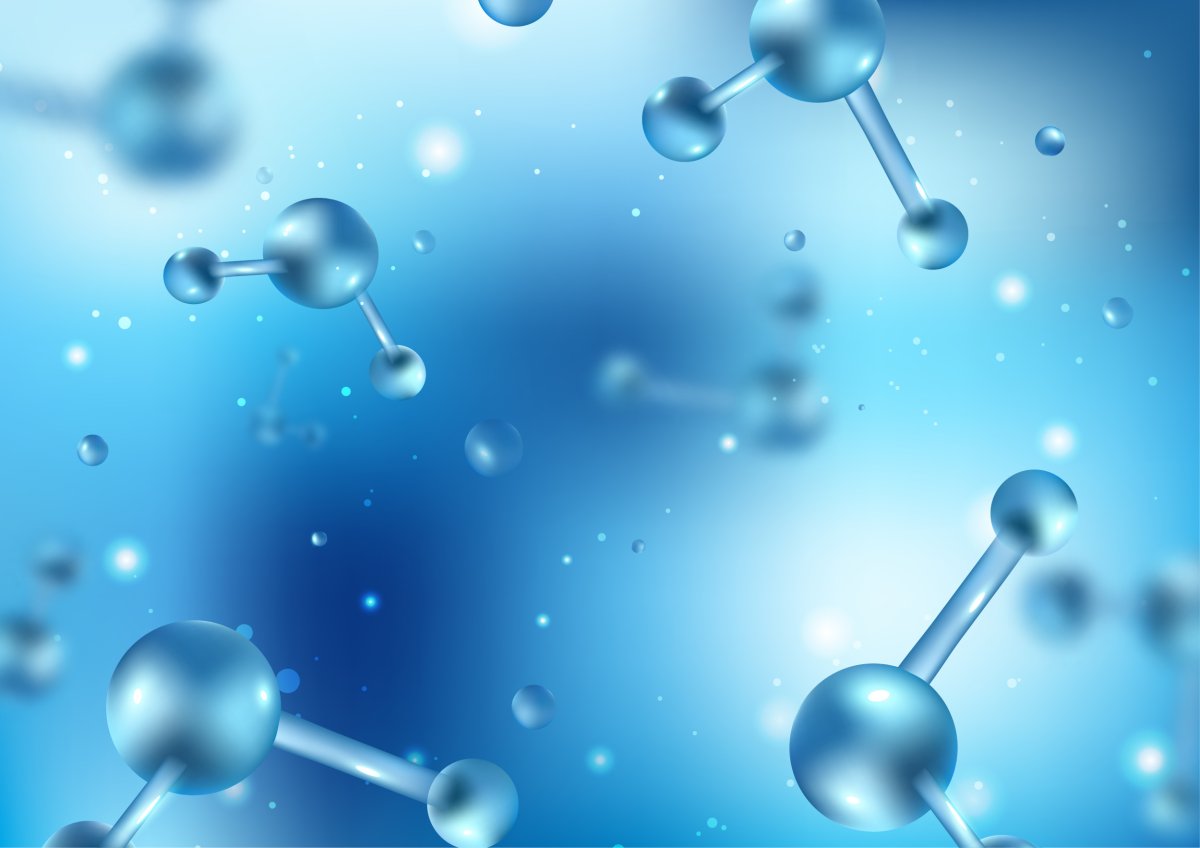Researchers at the University of Massachusetts Amherst have found a way to generate electricity by harvesting moisture in the air.
According to a paper published in the journal Advanced Materials, electricity can be harvested from air using a device made of nearly any material, merely requiring the material to be dotted with nanopores less than 100 nanometers (nm)—0.000004 inches—in diameter.
"This is very exciting," Xiaomeng Liu, lead author of the paper said in a statement. "We are opening up a wide door for harvesting clean electricity from thin air." Liu is a graduate student in electrical and computer engineering at UMass Amherst's College of Engineering.

The authors described how the inherent electrical charge of the molecules of water in the air can be harvested using these tiny nanopores, which are smaller than one-thousandth of the width of a human hair.
These pores are the same size as the length of the "mean free path" between water molecules, which is the distance traveled by the molecules in the air before they bump into another water molecule.
By creating a device with tiny pores the same size as this distance, 100nm, the researchers allowed for the harvesting of the molecule's natural electrical charge. This "air generator," or Air-gen, works due to the tiny size of the pores, which means that the water molecules would easily bump into the pore's edge as they pass through the thin layer of material.
This means that the upper part of the Air-gen would be bombarded with lots more charge-carrying water molecules than the lower part, creating a charge imbalance as in a cloud, which is the fundamental principle of generating a flow of electrical charge, like lightning.
"The air contains an enormous amount of electricity," Jun Yao said in the statement. Yao is an assistant professor of electrical and computer engineering at the College of Engineering at UMass Amherst and the paper's co-author. "Imagine a future world in which clean electricity is available anywhere you go," he said. "The generic Air-gen effect means that this future world can become a reality."

"Think of a cloud, which is nothing more than a mass of water droplets," Yao said. "Each of those droplets contains a charge, and when conditions are right, the cloud can produce a lightning bolt—but we don't know how to reliably capture electricity from lightning.
"What we've done is to create a human-built, small-scale cloud that produces electricity for us predictably and continuously so that we can harvest it. What's more shocking is that this device can be made from nearly any material.
"The ability to generate electricity from the air—what we then called the 'Air-gen effect'—turns out to be generic: literally any kind of material can harvest electricity from air, as long as it has a certain property," Yao said.
This idea has been attempted before, but the authors said that this design can work for longer periods of time than previous concepts, giving them hope that it could one day provide a continuous and sustainable source of power.
The authors hope that their groundbreaking discovery could help generate electricity from the air across the world, using any material. Since the air is always somewhat humid, these electricity harvesters would not have to rely on the sun or the wind, like other forms of renewable energy.
"The idea is simple," says Yao, "but it's never been discovered before, and it opens all kinds of possibilities. You could image harvesters made of one kind of material for rainforest environments, and another for more arid regions."
Additionally, the Air-gen could be stacked, scaling up the amount of electricity generated. According to the authors, thousands of Air-gens stacked together could deliver kilowatt-level power for general electrical utility usage.
Do you have an animal or nature story to share with Newsweek? Do you have a question about electricity? Let us know via nature@newsweek.com.
Uncommon Knowledge
Newsweek is committed to challenging conventional wisdom and finding connections in the search for common ground.
Newsweek is committed to challenging conventional wisdom and finding connections in the search for common ground.
About the writer
Jess Thomson is a Newsweek Science Reporter based in London UK. Her focus is reporting on science, technology and healthcare. ... Read more
To read how Newsweek uses AI as a newsroom tool, Click here.








